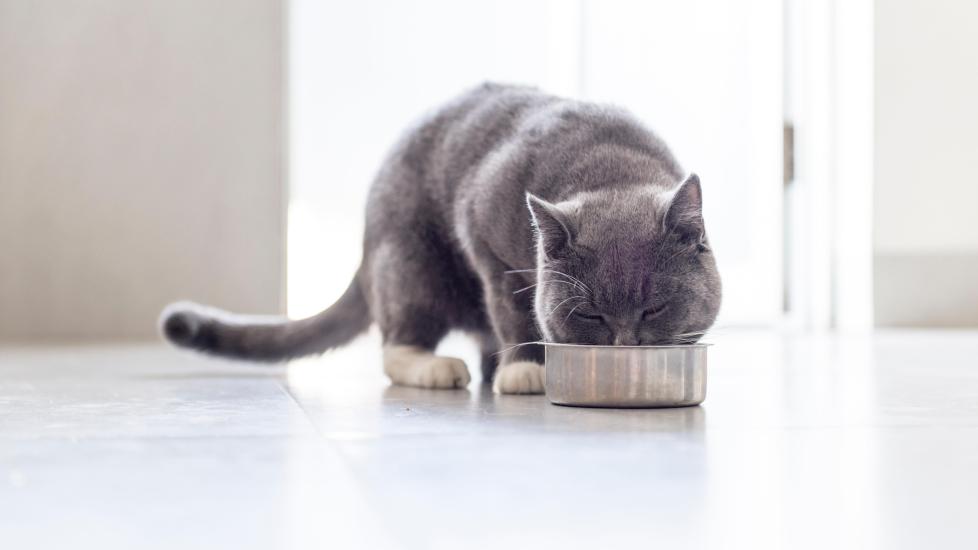The 11 Best Cat Foods in 2024, Recommended By Vets
chendongshan/iStock / Getty Images Plus via Getty Images
All products in this article have been reviewed by our trusted vets and experts. PetMD is owned by Chewy.
Feeding your cat a well-balanced and nutritious diet is a vital part of your cat’s health. But with so many options on the shelves, how can you know what’s the best cat food?
You may wonder if dry cat food or wet cat food is the way to go, or what to select if your cat has health-related issues, such as frequent stomach issues like diarrhea, or urinary tract health concerns.
While there’s no one-size-fits-all food bag—it all depends on your cat’s health needs. There are a few key things to look for when determining the best food for cats, which is why we asked our team to curate a list of veterinary approved cat foods to help make the decision a bit easier.
Here are the best cat foods, as recommended by our team of veterinarians.
Finding the Best Cat Food: What To Look For
Our vets highly recommend that the food you feed your cat meets standards set by the Association of American Feed Control Officials (AAFCO), which oversees the regulation of pet food and animal feeds. AAFCO states that there are six essential nutrients required for cats:
- Water: Along with drinking water, cats also get this essential nutrient from wet food.
- Carbohydrates: While carbs are typically thought of as an energy source, cats have evolved to get most of their energy from protein and fat. Therefore, they have relatively low carbohydrate needs.
- Protein: Your cat needs protein for their cells to grow, repair, and function properly. Protein amounts and the source of protein are important considerations when evaluating the right food for your feline friend.
- Vitamins: Vitamins are essential for normal feline metabolism. The AAFCO states that cat foods should include vitamins A, B12, D, E, and K; thiamin; riboflavin; pantothenic acid; niacin; pyridoxine; folic acid; biotin; and choline.
- Minerals: Minerals help build strong bones and teeth, and they turn your cat’s food into energy. The AAFCO states that cat foods should contain calcium, phosphorus, potassium, sodium, chloride, magnesium, iron, copper, manganese, zinc, iodine, and selenium. If your cat is eating a balanced diet adhering to AAFCO standards, you should not need to provide additional supplements or multivitamins.
- Fat content: Fat is the most energy-rich nutrient in cat foods and acts as a transport module to help other nutrients be absorbed. Some fats, such as essential omega-3 and omega-6 fatty acids, also help decrease inflammation and are important for skin health and wound healing.
Other considerations when looking into the best cat food may include:
- Addition of antioxidants: Antioxidants are extremely beneficial for a variety of health concerns, such as reducing inflammation, supporting eye health, supporting aging and aiding brain function, and generally preventing cell damage
- Addition of prebiotics and probiotics: Prebiotics and probiotics are important to maintaining gut health. Prebiotics are often high-fiber foods to support the “good bacteria” in the digestive tract, while probiotics are live microorganisms that help improve that bacteria.
- Ingredient list: It’s best to think of ingredients as vehicles for nutrient delivery. Ingredients that seem less appealing at first, such as a byproduct, are highly digestible and provide pets with essential nutrients. The ingredient list does not provide any information on the quality of the cat food or if the ingredients were used in amounts that would provide a nutritional benefit.
